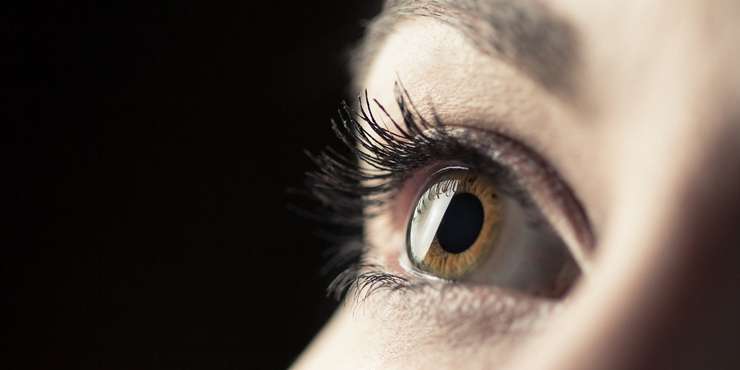
Treatment of Keratoconus
Keratoconus is an eye disease characterized by the thinning and conical shape of the cornea of the eye. This condition is caused by damage to collagen fibers, which causes structural weakness of the cornea. As a result, the shape of the cornea changes, vision becomes blurred and astigmatism develops. Treatment of keratoconus is carried out in different stages and with different methods depending on the severity of the symptoms.
1. Early Stage Treatment
For patients with early-stage keratoconus, the following treatment methods are used to improve the quality of vision:
Glasses and Contact Lenses: Glasses and soft contact lenses are prescribed to correct astigmatism and myopia. This method can be effective in the early stages of the disease.
Rigid Contact Lenses: Rigid gas permeable contact lenses are used to improve visual acuity and stabilize the shape of the cornea. These lenses can be more effective than soft lenses.
2. Cornea Crosslinking (Cross-linking)
Corneal crosslinking is a treatment used to slow the progression of keratoconus and strengthen the structure of the cornea. This procedure is performed by applying riboflavin (Vitamin B2) drops to the eye and then activating it with ultraviolet (UV) light. The procedure strengthens the collagen fibers of the cornea and significantly reduces the progression of the disease.
3. Intracorneal Rings (Intacs)
Intracorneal rings are plastic implants used to reshape the cornea and improve vision. These rings are placed on the periphery of the cornea and help align the central part of the cornea. This procedure can be effective in the middle stages of keratoconus.
4. Phakic IOL (Phakic Intraocular Lenses)
Phakic IOLs are lenses placed inside the eye to improve the quality of vision of patients with keratoconus. These lenses are placed in the anterior chamber of the eye without removing the patient's natural lens and can correct high myopia and astigmatism.
5. Cornea Transplantation (Keratoplasty)
In advanced stages of keratoconus and in cases where other treatment methods are ineffective, corneal transplantation (keratoplasty) can be considered. In this procedure, damaged corneal tissue is removed and replaced with a donor cornea. Corneal transplantation can be performed in the following ways:
Penetrating Keratoplasty (PK): A procedure in which the entire thickness of the cornea is replaced.
Dalk (Deep Anterior Lamellar Keratoplasty): A procedure in which only the front layers of the cornea are replaced.
DSAEK (Descemet's Stripping Automated Endothelial Keratoplasty): A procedure in which the endothelial layer of the cornea is replaced.
Post-Treatment Care
After keratoconus treatment, patients are usually given the following recommendations:
Eye Drops: Used to prevent infection and speed up the healing process.
Regular Doctor's Checkups: Regular checkups are done by the ophthalmologist after the treatment.
Contact Lens Use: Rigid contact lenses or glasses may be recommended after treatment.
The result
Keratoconus is an eye disease that results in a change in the shape of the cornea and can significantly reduce the quality of vision. Treatment methods vary depending on the stage of the disease and the severity of the symptoms. In the early stages, glasses and contact lenses, corneal crosslinking and intracorneal rings are used. In advanced stages, phakic IOLs and corneal transplantation can be considered. After treatment, it is very important to have regular medical check-ups and proper eye care.
4o